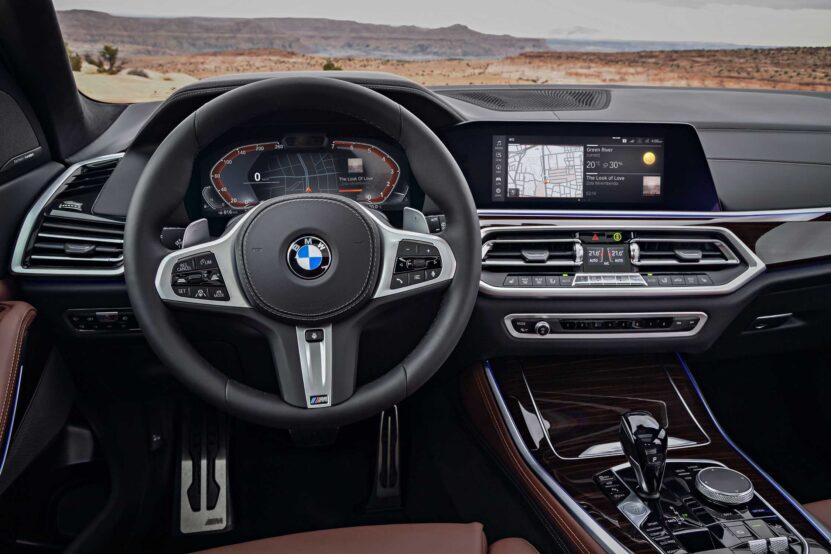
Share Post:
BMW, renowned for its innovation and safety features like ABS, DSC, and DTC, has been a leading car manufacturer since 1916. Traction control, a standard feature in BMWs, prevents wheel spin and enhances stability and handling, especially on difficult surfaces.
This article focuses on BMW’s Dynamic Traction Control (DTC), explaining its functionality, benefits, and how it differs from standard traction control systems. We’ll also guide you on how to use DTC effectively in various driving scenarios, including how to activate and deactivate it in your BMW.
Importance in Vehicle Safety
Dynamic Traction Control (DTC) is a safety feature in BMW vehicles that helps maintain traction and control when accelerating or cornering. It works by monitoring wheel speed and applying the brakes or reducing engine power when necessary to prevent slipping or loss of control.
DTC is especially useful when driving on wet, icy, or snowy roads, where the risk of skidding or spinning is higher.
Significance of Traction Control
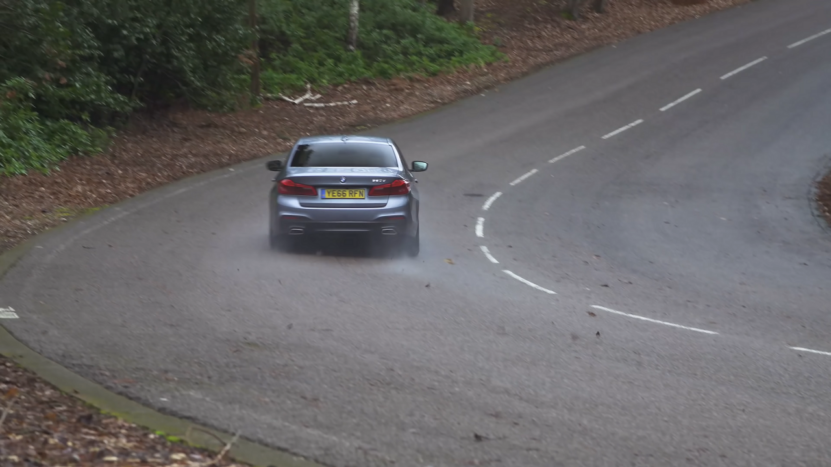
Traction control is an important aspect of vehicle safety and performance, as it can prevent accidents, injuries, and damages caused by loss of control. According to a study by the National Highway Traffic Safety Administration (NHTSA), traction control systems can reduce fatal crash involvement by 18%, injury crash involvement by 10%, and property damage crash involvement by 8%.
Traction control can also improve the car’s fuel efficiency, as it reduces unnecessary wheel spin and engine power loss.
Safety Feature and Performance Enhancer

DTC is not only a safety feature, but also a performance enhancer. By allowing a controlled amount of wheel slip, DTC can improve the car’s acceleration, handling, and agility, especially in sporty or dynamic driving modes.
DTC can also adapt to different driving situations and road conditions, such as uphill, downhill, or curves, and provide optimal traction and stability. It can also work with other BMW features, such as xDrive, which is an intelligent all-wheel drive system that distributes power to the front and rear axles as needed.
Together, DTC and xDrive can offer a smooth, comfortable, and fun driving experience.
The Role in BMW’s Driving Dynamics
Dynamic Traction Control (DTC) stands as a pivotal element in BMW’s quest for exceptional driving quality, simultaneously boosting safety and enhancing vehicle dynamics. By tracking wheel speed and intervening when necessary, DTC empowers drivers to navigate difficult conditions with assurance and retain control.
Role in Enhancing Handling and Stability
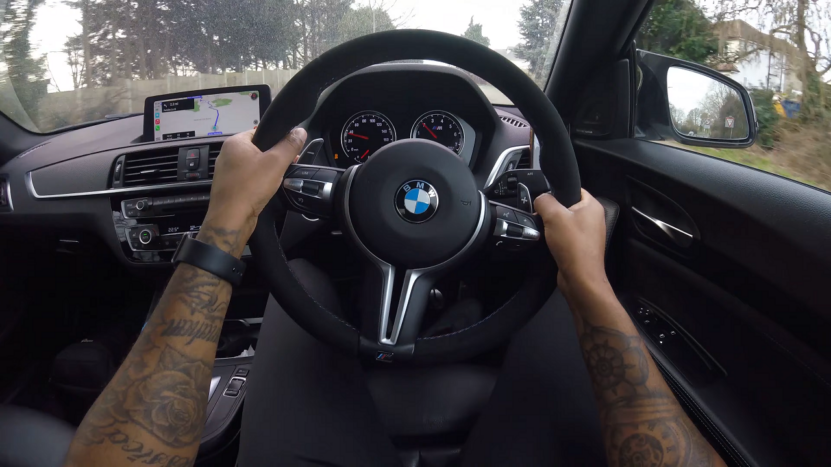
One of the main advantages of DTC is that it enhances the handling and stability of BMW cars in various driving conditions. By allowing a controlled amount of wheel slip, DTC can help the car to steer better and avoid understeer or oversteer, which are common problems when driving on slippery or uneven surfaces.
Understeer occurs when the front wheels lose grip and the car does not turn as much as the driver intends. Oversteer occurs when the rear wheels lose grip and the car turns more than the driver intends, causing the tail to swing out.
Both situations can result in loss of control and potential accidents. DTC can prevent or correct these situations by applying brakes or reducing engine power to the appropriate wheels, thus keeping the car on the desired course.
Adaptive Settings Based on Driving Modes
DTC also behaves differently depending on the driving mode selected by the driver. BMW cars usually have four driving modes: Comfort, Sport, Sport+, and Eco Pro.
| Driving Mode | DTC Setting | Throttle Response | Steering Feel | Suspension Stiffness | Transmission Shift Points |
|---|---|---|---|---|---|
| Comfort | Fully active, early intervention for safety and comfort | Standard | Lighter | Softer | Smooth and early shifts |
| Sport | Less active, later intervention for dynamic driving | More responsive | Firmer | Stiffer | Later shifts for higher RPMs |
| Sport+ | Partially deactivated, intervenes only in extreme situations | Highly responsive | Very firm | Very stiff | Very late shifts for maximum RPMs |
| Eco Pro | Fully active, early intervention for efficiency | Reduced fuel efficiency | Lighter | Softer | Early shifts for fuel-saving |
Positive Impact on Driving Experience
The impact of DTC on the driving experience in BMW cars is significant and positive. DTC can make the driver feel more confident and in control of the car, as well as more entertained and engaged by the car’s performance and agility.
It is designed to align with the driver’s preferences and current mood, as well as adapt to varying road conditions and environments, through its range of driving modes and settings. DTC integrates flawlessly with other BMW features like xDrive, DSC, and ABS, ensuring a driving experience that is both smooth and enjoyable.
This adaptability and seamless integration are key factors in why BMW cars are celebrated for their exceptional driving dynamics and the sheer pleasure they offer behind the wheel.
How to Operate
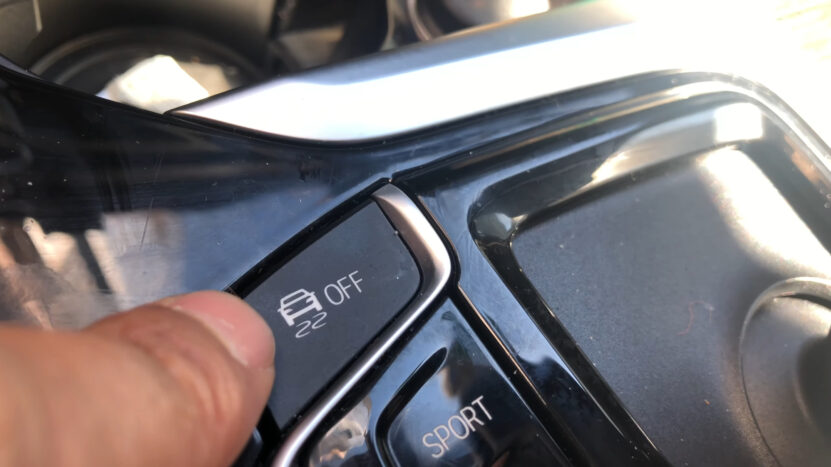
Operating DTC is straightforward. To activate it, press the DTC button, typically located on the center console alongside the DSC button.
The DTC button features a car symbol with two curved lines behind it, representing wheel slip. Activating DTC causes the DSC indicator light on the dashboard to flash once, and the DTC indicator light remains illuminated.
This indicates that DTC is partially deactivated, allowing for more wheel slip and dynamic driving. To deactivate DTC, simply press the DTC button again. The DTC indicator light on the dashboard will turn off, and the DSC indicator light will flash once.
This signifies that DTC is fully activated, intervening early to ensure maximum safety and comfort. Alternatively, holding down the DSC button for over three seconds deactivates DTC.
This also deactivates DSC and ABS, and the DSC indicator light remains lit. This implies full control of the vehicle but also full responsibility for its behavior.
DTC-Related Indicators and Warnings
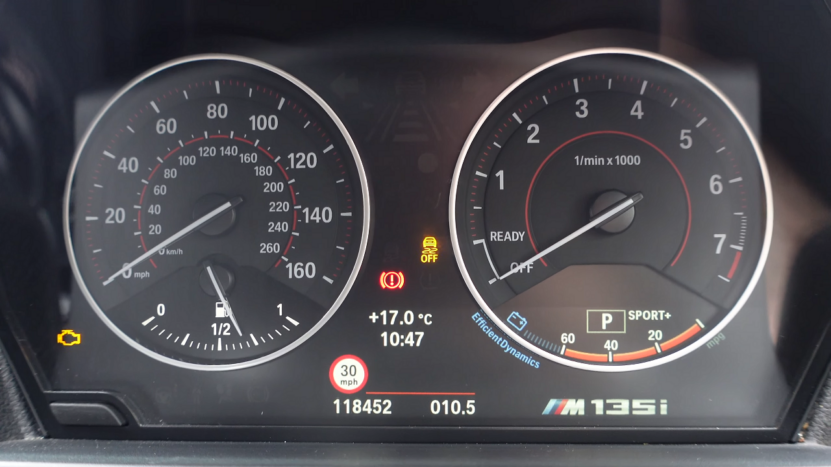
Drivers should be familiar with the DTC-related indicators and warnings on the dashboard. The DTC indicator light resembles a yellow triangle with an exclamation mark inside, while the DSC indicator light depicts a yellow car with two curved lines behind it.
When the DTC indicator light is on, DTC is partially deactivated, allowing for more wheel slip and dynamic driving. When the DSC indicator light is on, DTC, DSC, and ABS are fully deactivated, granting the driver complete control of the vehicle.
A flashing DSC indicator light indicates that DTC, DSC, or ABS is intervening to prevent or correct a loss of traction or control.
Best Practices in Various Driving Scenarios
DTC enhances the driving experience, but it is not a substitute for cautious and responsible driving. Always drive in accordance with road conditions, traffic regulations, and common sense.
Familiarize yourself with the vehicle’s characteristics and limitations, and avoid exceeding them. Be aware of the risks and consequences of deactivating DTC, DSC, or ABS, and do so only when necessary or desired.
Reactivate DTC, DSC, or ABS as soon as possible for maximum safety and comfort.
Its Benefits
DTC plays a vital role in preventing or reducing the risk of accidents caused by loss of traction or control. It monitors wheel speed and intervenes when necessary to reduce wheel slip, preventing skidding and maintaining stability.
This contributes to the NHTSA’s findings that traction control systems can reduce fatal crash involvement by 18%, injury crash involvement by 10%, and property damage crash involvement by 8%.
Improved Performance
DTC not only enhances safety but also elevates the car’s performance, particularly in dynamic driving situations. By allowing controlled wheel slip, DTC allows the car to accelerate faster, corner sharper, and exhibit better handling.
This is achieved by applying the brakes or reducing engine power to the appropriate wheels, preventing understeer and oversteer, and ensuring the car responds to the driver’s intentions.
Boosted Driver Confidence and Comfort
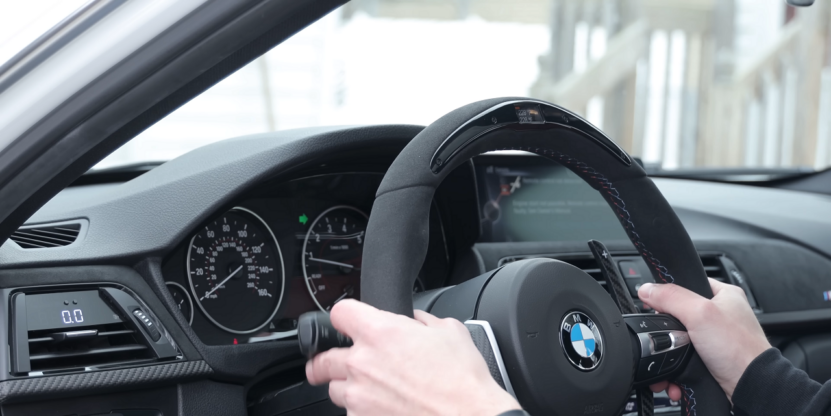
DTC contributes significantly to driver confidence and comfort by making the car feel more responsive and controllable. It allows drivers to explore the car’s performance capabilities without fear of losing control.
The system’s adaptability to different driving modes and road conditions further enhances the driving experience, ensuring a smooth, enjoyable ride. DTC seamlessly integrates with other BMW features, such as xDrive, DSC, ABS, and brake assist, to provide a comprehensive safety and performance package.
xDrive intelligently distributes power to the front and rear axles as needed, while DSC and ABS work together to prevent wheel lockup and maintain stability. Together, these systems work in harmony to deliver exceptional driving dynamics and safety.
Maintenance and Troubleshooting
Proper maintenance and understanding of potential issues are key to ensuring the Dynamic Traction Control (DTC) system in your BMW operates effectively.
Maintaining the DTC System
- Tire Care: Regularly check your tires for proper condition and pressure, as they are crucial for traction and DTC performance.
- Sensor and Reluctor Ring Maintenance: Keep the wheel speed sensors and reluctor rings clean to ensure accurate signal transmission.
- Wiring and Connection Checks: Regularly inspect and maintain the wiring and connections of the DTC system for optimal functionality.
- Brake System Maintenance: Ensure your brakes are in good condition and the brake fluid level is adequate for effective DTC operation.
Common Issues and Solutions
- DTC Warning Light Issues: If the DTC warning light stays on or flashes abnormally, it indicates a system fault that may require a scan tool diagnosis and potential repairs.
- Inconsistent DTC Intervention: If DTC intervenes too often or too little, adjust your driving style, select the appropriate driving mode, maintain your tires, and consider recalibrating the DTC system.
By following these maintenance tips and being aware of common issues, you can ensure that your BMW’s DTC system continues to provide a safe, enjoyable, and dynamic driving experience.
Frequently Asked Questions
Can DTC be permanently turned off in a BMW?
No, DTC cannot be permanently turned off. It’s designed to be reactivated automatically each time the car is started to ensure safety. However, drivers can temporarily deactivate it for specific driving conditions.
Does DTC affect fuel economy in BMW vehicles?
DTC itself has a 650425-DTC-off-better-MPG. Its primary function is to enhance safety and performance. Any slight variations in fuel efficiency would be more attributable to driving style and conditions rather than DTC.
Can DTC function effectively with non-standard or worn tires?
The effectiveness of DTC can be compromised with non-standard or excessively worn tires. For optimal performance, it’s recommended to use tires that meet BMW’s specifications and ensure they are in good condition.
Is DTC beneficial in off-road driving conditions?
While DTC is primarily designed for on-road use, it can provide some benefits in mild off-road conditions by maintaining traction. However, it’s not a substitute for a dedicated off-road traction system.
How does DTC interact with BMW’s xDrive system?
DTC works in conjunction with xDrive, BMW’s all-wheel-drive system, by adjusting power distribution between the front and rear wheels based on traction needs, enhancing stability and handling in various driving conditions.
Are there any specific maintenance requirements for DTC?
Regular vehicle maintenance, including tire care, brake system checks, and ensuring clean wheel speed sensors and reluctor rings, is sufficient for maintaining DTC. No additional specific maintenance is typically required for the DTC system itself.
Closing Thoughts
BMW, a brand synonymous with innovation and safety since 1916, has continually set benchmarks in automotive excellence. Among its array of safety features, Dynamic Traction Control (DTC) stands out, enhancing both vehicle stability and performance, particularly on challenging surfaces.
This article has looked into the intricacies of BMW’s DTC, shedding light on its functionality, advantages, and distinctions from standard traction control systems. We’ve guided you through effective usage in various driving scenarios, including the activation and deactivation processes in BMW vehicles.





